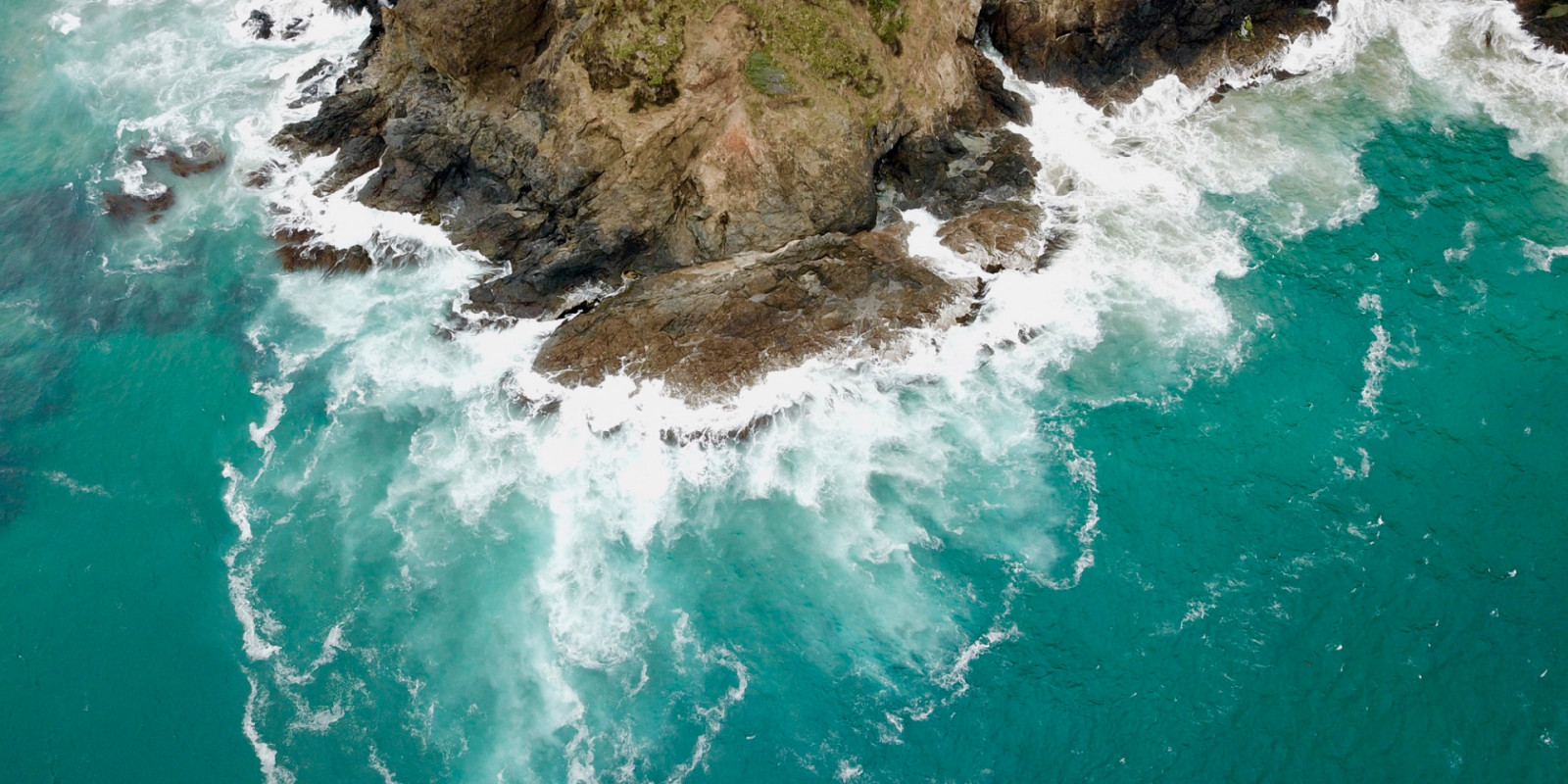- Report
Applying analogue simulation - A qualitative process to explore the socio-ecological flow-on impacts in a system in response to modelled biophysical changes
One of three reports prepared for stage two of Hawke’s Bay case study. This report describes the analogue simulation process that integrates outputs of the seafloor model with the socio-ecological analysis details in the system map. Connolly JD, Lundquist CJ, Shanahan R, & Madarasz-Smith A (August 2022)
Sustainable Seas has sought to apply tools developed in Phase 1 to local case studies. This report describes the application of a qualitative and discussion-based process of using the system map developed by the Hawke’s Bay Marine and Coastal group (HBMaC) for the Hawke’s Bay, to infer potential changes over time across a range of biophysical and socio-ecological factors in that system map, based on outputs from the seafloor model developed as part of the same case study. The results highlighted useful observations about how the group responded to the outputs of the seafloor modelling and how they anticipated these outputs to ‘flow through’ to the other biophysical and socio-ecological variables.
Key points
- Satisfaction, cultural identity and wellbeing increased immediately following management action but before recovery was observed, reflecting satisfaction that action was taken regardless of achieving of a positive outcome.
- Social indicators then tend to decline before recovery is observed, due to the delays involved in the regeneration of firstly benthic structure then seafood stocks.
- Social indicators all increase as seafood stocks increase.
- Social indicators finally decline slightly after the maximum recovery has been achieved, indicating likely dissatisfaction with the overall level of recovery in relation to the level of action taken.
- In general, participants noted that management actions needed to be significant activities, and ongoing, to achieve a desired ecosystem state.
